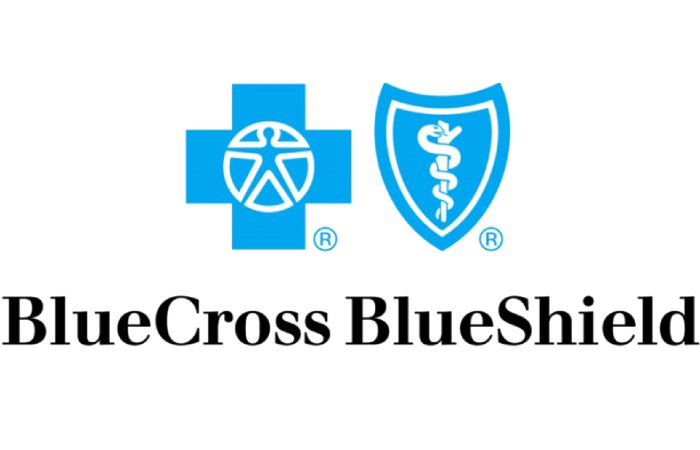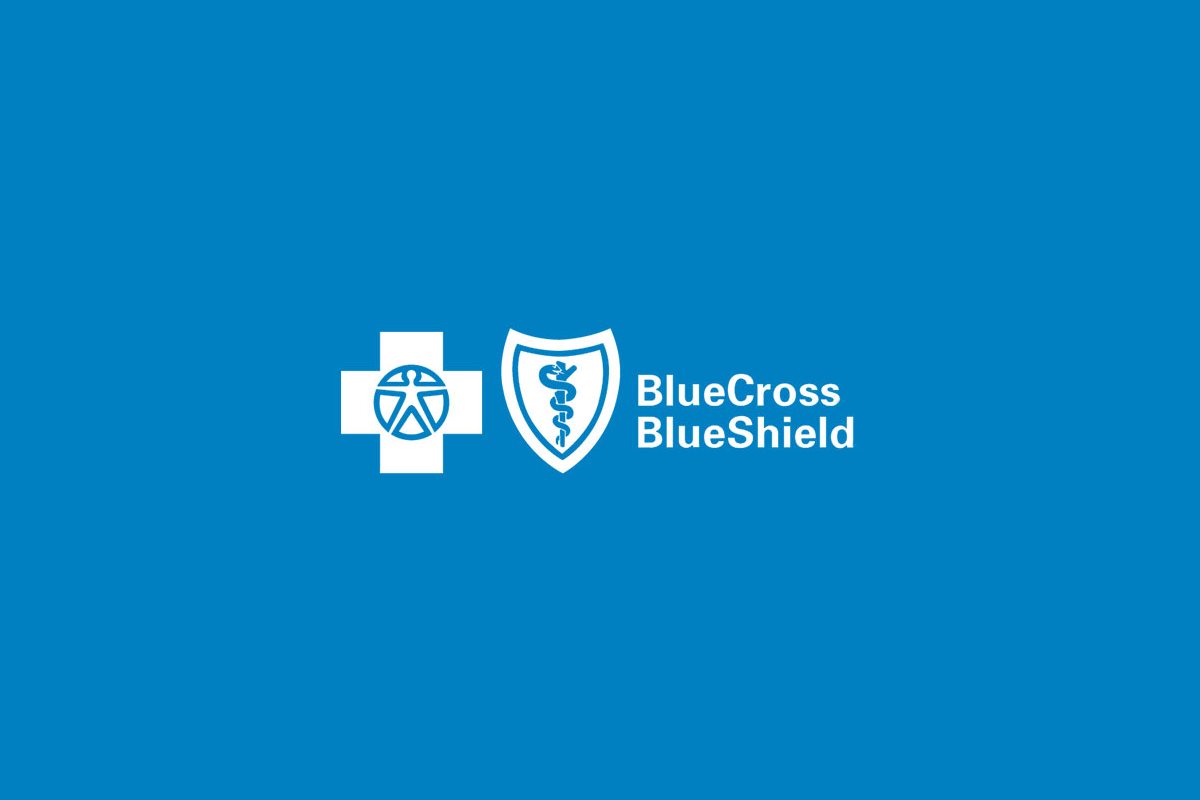Table of Contents
Blue Cross Blue Shield
Almost one in three Americans rely on Blue Cross Blue Shield corporations to access safe, superior, and affordable healthcare. The Site of Anthem Blue Cross Blue Shield, a vital health insurance plan provider. Shop plans for Medicare, Dental, Medical, Vision & Employers. Blue Cross Blue Shield Relationship is a federation, or else supraorganization, of 35 separate United States health insurance corporations that offer health insurance in the United States to extra than 106 million people.

Reimagining Health Care
While not as instantly recognizable as its crimson cousin, the Blue Cross remains an eye-catching badge of healthcare worldwide. But wherever the Red Cross is an immediate visual shorthand for worldwide aid and medical care, it is less clear what the Blue Cross means.
It’s the same story for the Rod of Asclepius; the copy of a single snake coiled around a staff becomes almost as synonymous with healthcare and medicine as the twin caduceus snakes. They are similar, but there is a reason for the delimitation.
Collected, the Blue Cross and the Rod of Asclepius form the normal of the Blue Cross Blue Shield Association, a federation of health insurance providers in the United States. One in three Americans remains covered by one of the 34 independent Blue Cross and Blue Shield (BCBS) businesses across the country.
BCBS Companies Provide healthcare
BCBS companies provide health care reporting to 114 million members across the country. Blue Cross Blue Shield is unique of the greatest trusted brands in America’s healthcare industry.
And this is where these lesser-known medical symbols begin to make sense. While similar, they serve different purposes under the banner of health care. Also, the Blue Cross Association specialized in hospital care, while the Blue Shield Association dealt with medical care until the two merged in 1982.
Now the BCBSA (or ‘the Association’ within the industry, as it is renowned) handles both functions and much more. Chairman and CEO Kim Keck say the business’s work is vital to the American public.
“Blue Cross Blue Shield is single of the top trusted brands in America’s healthcare industry,” says Kim. “And we lead the work to care and position that brand.”
Blue Ribbon
The BCBSA’s work goes beyond providing health care benefits to ordinary Americans. “We promote health policy at the national level,” she says. “We also operate the BCBS Federal Employees Program, and we allow BCBS plans to work together formally and informally.”
Throughout his nearly two years at the helm of the Association, Kim has pushed for greater understanding and support of the BCBSA’s work across the country. She spent much of her career in health insurance and gained a profound experience of the Association’s assignment.
So I know the advantage of the local and national scale. In fact, at the national end of the scale, Kim remained able to use her place as CEO of BCBSRI to bolster features of the Affordable Care Act, but at the local end, she feels there is still a long way to go.
“The Blues have an incredible quantity of local scale, and there are so many incredible untapped opportunities to collectively support and push BCBS to that level in the United States. That’s why I accepted the role.”
Going local, according to Kim, means putting community-based approaches into practice with a deep understanding of the local marketplaces in which they operate. “A big component of who the Blues are is making partnerships and specific programs to meet their needs in their geographies,” says Kim.
That way, although no two Blues are alike in what they provide, the way they deliver and the desired result agree. “Through our deep presence in the community, we have the chance to positively impact things like access, equity, and affordability,” says Kim. “It’s a fantastic platform.”
Rising North Star
The healthcare business changed dramatically in the three years; meanwhile, the COVID-19 pandemic thrust it into the spotlight like never before. But even earlier, health care in the United States had more than its share of challenges, chief among them being affordability. It’s a factor that Kim believes the BCBSA must alleviate.
“The Blues go by what I would call a pole star,” she says. “And that is very much about promoting wellness and equity in health. But also about a relentless focus on the pursuit of affordability. We believe everyone merits access to high-quality and equitable health care, affordable, no substance who you are or where you live.”
Health Insurance
Health insurance, in particular, is driven through the cost of health care, she says, so the BCBSA has put in place a series of medium- and long-term efforts designed to reduce that cost. “Things like lower the price of prescription drugs, which make up more than 20 percent of health care premiums today,” says Kim.
To that end, BCBSA partnered with Civica Rx, a nonprofit pharmaceutical company created to improve the scarcity and affordability of critical medicine. Civica Rx develops and manufactures common generic drugs for which there is currently not enough competition in the market to lower prices.
The last thing they have in their sights is insulin, which can cost as much as a staggering $400 per vial for the more than eight million Americans dependent on the drug.
“We’re working with Civica Rx to grow insulin for less than $30 per vial,” says Kim. “The lack of competition has pushed prices up, but we will bring them to market, and for many years, we will save up to $100 million a year.”
Equity
Equity is another primary subject facing American common, and in response, the BCBSA released its National Health Equity Strategy in 2021.
“The first focus is to reduce maternal health disparities by 50 percent over the next five years,” says Kim. “Women of color are 2 to 3 times new likely to die from pregnancy-related complications than white women in the United States, which is why we have partnered with entities like the March of Dimes to offer culturally competent and suitable care and reduce the disparity.
“These are issues that have remained at the forefront of American health care for an extended time, but they are an essential part of our agenda going forward.”
One of the BCBSA’s recent victories was the enactment of the Mothers Who Served Protection Act last year. The law needs the Department of Veterans Affairs to offer a maternity care coordination program.
“We’ve also been big supporters of the Black Maternal Health Momnibus package,” says Kim. “There are several other programs related to maternal health that we have championed, but I would say the big categories are fairness and affordability.”
Values-Based Care
This kind of social reform, says Kim, is not possible without solid alliances across the industry. “Choosing the right partners is part of operational excellence,” she says. “We don’t necessarily solve any health care problem without working with nearly every other stakeholder in the industry.”
Whether it’s organizations like the March of Dimes or more widespread work with doctors and hospitals, BCBSA has solid and rewarding relationships at all levels of the industry.
“We have 1.7 million suppliers we contract with across all of our BCBS plans,” she says. “And nowadays, our system pays for health care per service or per visit, which can drive up costs. We are working to move to a model that emphasizes things like prevention and primary care but, more importantly, better outcomes. We do not want people to sit in the ER if that’s not the best place for them.”
To ensure that clients become what they pay for when it comes to quality healthcare, BCBSA works with its providers to develop patient- and value-based approaches.
“We call it values-based care,” says Kim. “We know that for every $1 we spend on primary care, we save $13 on downstream costs, so it greatly impacts how we operate. It is also more rewarding for our providers and improves patient outcomes.”
Stocks and Shares
And it’s that last part that Kim trusts sets BCBSA apart from the competition. “I often say that BCBS businesses are in the DNA of a community as much as communal service is in our DNA,” she says.
“It is just who we are. We cover all zip codes in the United States, and because of what we do, we can meet the specific needs of doctors, hospitals, employers, legislators, you name it. So we have a lot to the proposal, and I believe we will improve our communities. At least, that’s the goal.”
Just as it takes a particular type of company to provide personalized healthcare to a nation, it takes a specific type of CEO to run such a company and develop its culture. Still feeling like a recruit, Kim says this latest one is a work in progress.
“We are in the procedure of incorporating new values into our culture,” she says. “Values, as fundamental as they are, sometimes need a little more definition. So right now we’re implementing enhanced accountability, but those are five separate new values, not just telling people ‘I want everyone to be accountable.'”
Conclusion
Based on a combination of values and action, this culture has brought the service-oriented BCBSA to life, and Kim believes it has become a significant value-add. “We’re taking that profound service and mission orientation and infusing about new components as well,” she says. “It’s pretty exciting.”

